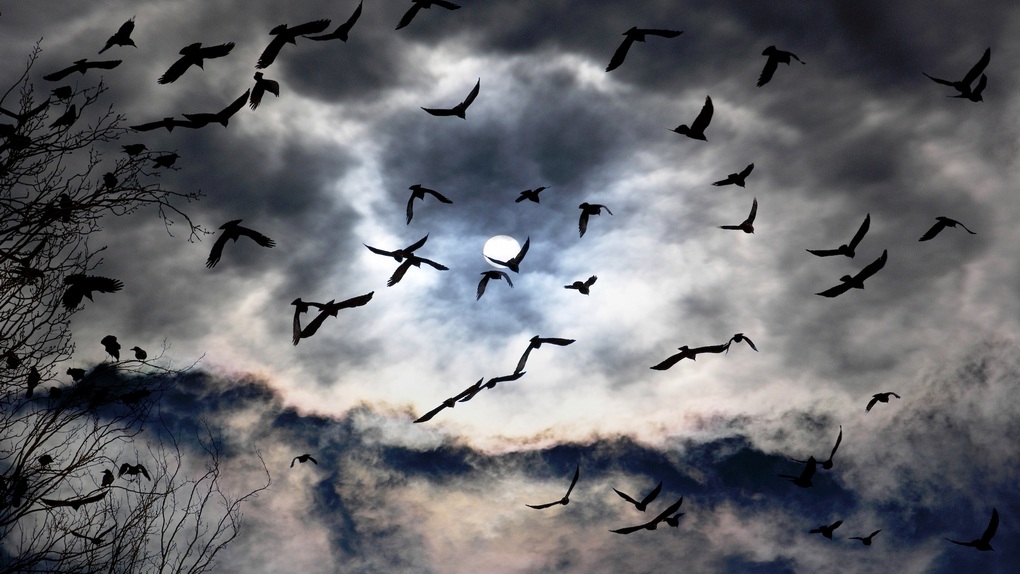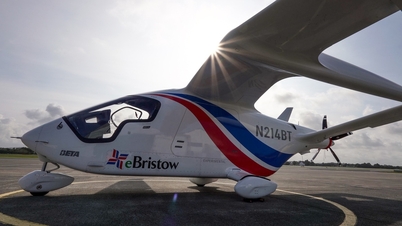Billions of birds make the great migrations each year, flying thousands of miles to reach their destinations. Some species, such as the Arctic tern ( Sterna paradisaea ), even travel the equivalent of from Earth to the Moon and back in their lifetimes.
The question is, how do these tiny creatures navigate so accurately on such epic journeys?
Scientists have discovered that birds possess a complex array of senses for navigation, some of which are well known, but many remain a mystery to humans.
The Senses of Orientation
Sight and smell are two basic cues that birds use to find their way. For birds that have migrated once, they can memorize familiar landmarks such as rivers and mountain ranges.
In contrast, migratory birds that migrate over water have fewer landmarks to guide them. In these cases, they rely more on their sense of smell. One study found that when their sense of smell was impaired, Scopoli’s seabirds ( Calonectris diomedea ) could still fly over land but became disoriented when flying over water.
Birds may also use the sun and stars as “guides.” Birds that fly during the day use a “solar compass,” combining their view of the Sun’s position in the sky with their internal perception of the time of day based on their circadian rhythms.
By combining these two pieces of information, birds can determine which direction they are aiming, like a living sundial.
Research shows that disrupting birds' circadian rhythms with artificial light prevents them from orienting accurately, demonstrating the importance of the sun's compass for diurnal migratory birds.
However, most birds migrate at night, meaning the position of the Sun is of little use. In this case, they rely on the position and rotation of the stars to find their way. They use this stellar compass by learning the positions of the stars around the celestial pole, or Polaris – the star that humans have used for navigation for thousands of years.

Earth's Magnetic Field: The Mysterious Sense
But what if the sky is cloudy and the bird can't see the Sun, the stars, or any other landmarks? That's where the bird's amazing senses come into play.
Birds can find their way even without the Sun or stars, thanks in part to a sense called magnetoreception. This sense allows them to sense the Earth's magnetic field.
This special ability may sound like science fiction, but research shows that interfering with magnetic fields has a major impact on birds; for example, one study found that altering the magnetic fields around pigeons disrupted their ability to find their way home.
While it is clear that birds have the ability to sense magnetic fields, how they do it remains a mystery to scientists. Professor Peter Hore of the University of Oxford, UK, says birds must use some kind of chemical reaction whose outcome depends on the strength and direction of the Earth's magnetic field.
There are several theories about how this chemical reaction occurs, but Professor Hore believes it is due to a molecule called cryptochrome, which is found in the bird's retina. Researchers have confirmed in the lab that isolated cryptochrome responds to magnetic fields, and that this response requires blue light, which has been shown to be essential for birds' ability to sense magnetic fields.
However, researchers are still unsure whether cryptochrome is sensitive enough to detect small changes in the Earth's magnetic field. "We know very little about the details of how this compass works," says Professor Hore. "We don't even know how many cryptochrome molecules are in the bird's retina."
Some research has also pointed to a magnetic sensing mechanism inside the bird's beak. The upper part of the beak has receptors that interact with magnetite, an iron-based mineral. These receptors are connected to the brain via important neural pathways, suggesting they may be another technique birds use to measure the strength of magnetic fields.
In addition to sensing magnetic fields, birds can gather information about direction by detecting polarized light, a type of light whose waves oscillate in a specific plane of alignment.
Sunlight becomes polarized in predictable ways as it scatters through Earth's atmosphere. Using special cells in their retinas, birds can sense these patterns, picking up information about the Sun's position, even when it's overcast.
Putting the pieces together
Just as we use our eyes in daylight but may use our hands to navigate a dimly lit room at night, birds use different senses at different times.
Birds can integrate their compass signals to navigate. Each signal has different importance along the way; for example, magnetic sensing is less useful during thunderstorms or solar maximums, both of which can disrupt Earth's magnetic field.
And all of these strategies are greatly aided by a bird's genetics. Birds inherit their migratory tendencies from their parents. The distance and direction each species flies is largely determined by genetics.
Conservation efforts include moving them to other habitats, but these efforts have been largely unsuccessful, as they are so good at navigating that they often return to their old habitats after being moved.
Therefore, researchers are still working to understand exactly which genes are responsible for bird migration habits, because understanding these systems will be essential for the future of bird conservation.
Source: https://dantri.com.vn/khoa-hoc/giai-ma-kha-nang-dac-biet-xac-dinh-phuong-huong-cua-cac-loai-chim-di-cu-20250620020130525.htm




![[Photo] General Secretary To Lam attends the 80th Anniversary of the General Staff of the Vietnam People's Army](https://vphoto.vietnam.vn/thumb/1200x675/vietnam/resource/IMAGE/2025/9/6/126697ab3e904fd68a2a510323659767)

![[Photo] Many people directly experience beloved Uncle Ho and the General Secretaries](https://vphoto.vietnam.vn/thumb/1200x675/vietnam/resource/IMAGE/2025/9/6/2f4d9a1c1ef14be3933dbef3cd5403f6)











![[INFOGRAPHIC] Asteroid the size of a jet plane flies past Earth](https://vphoto.vietnam.vn/thumb/402x226/vietnam/resource/IMAGE/2025/9/6/f1e25952ab0242c9a8e156526caa69d4)



















![[Photo] Hanoi students excitedly and joyfully open the new school year 2025-2026](https://vphoto.vietnam.vn/thumb/1200x675/vietnam/resource/IMAGE/2025/9/5/ecc91eddd50a467aa7670463f7b142f5)



































































Comment (0)